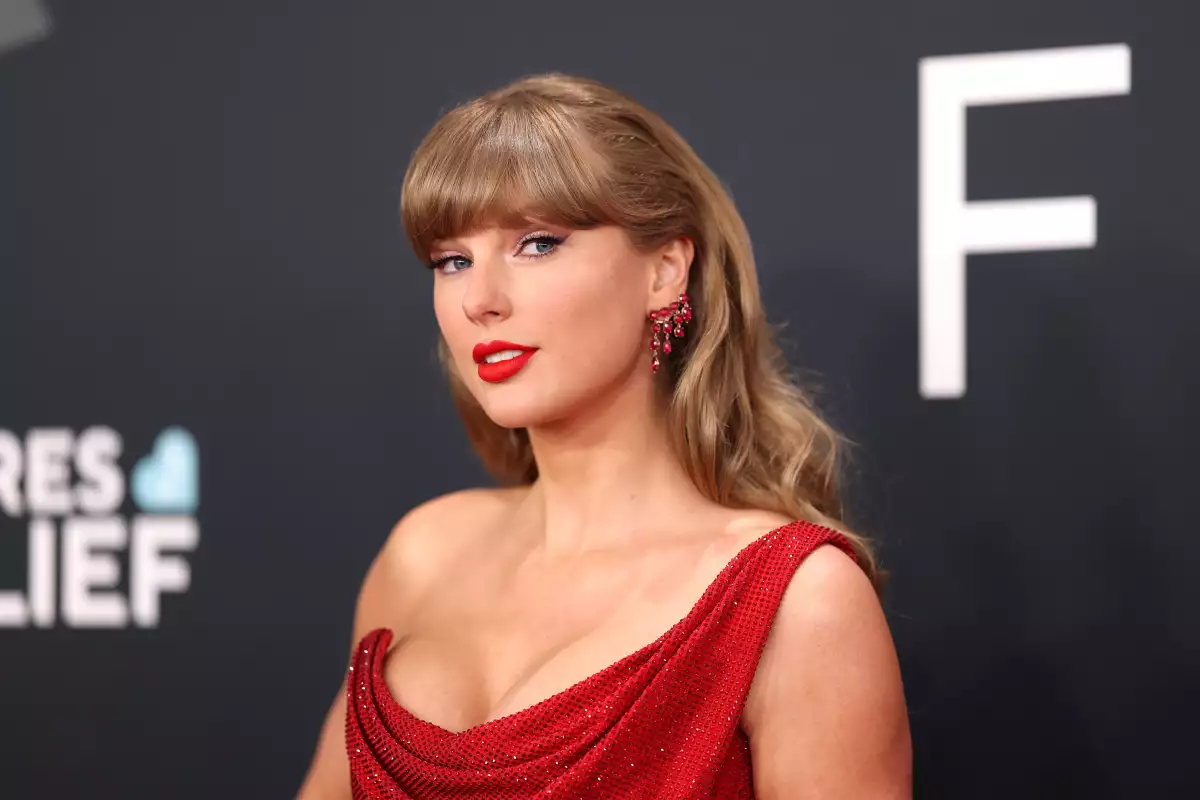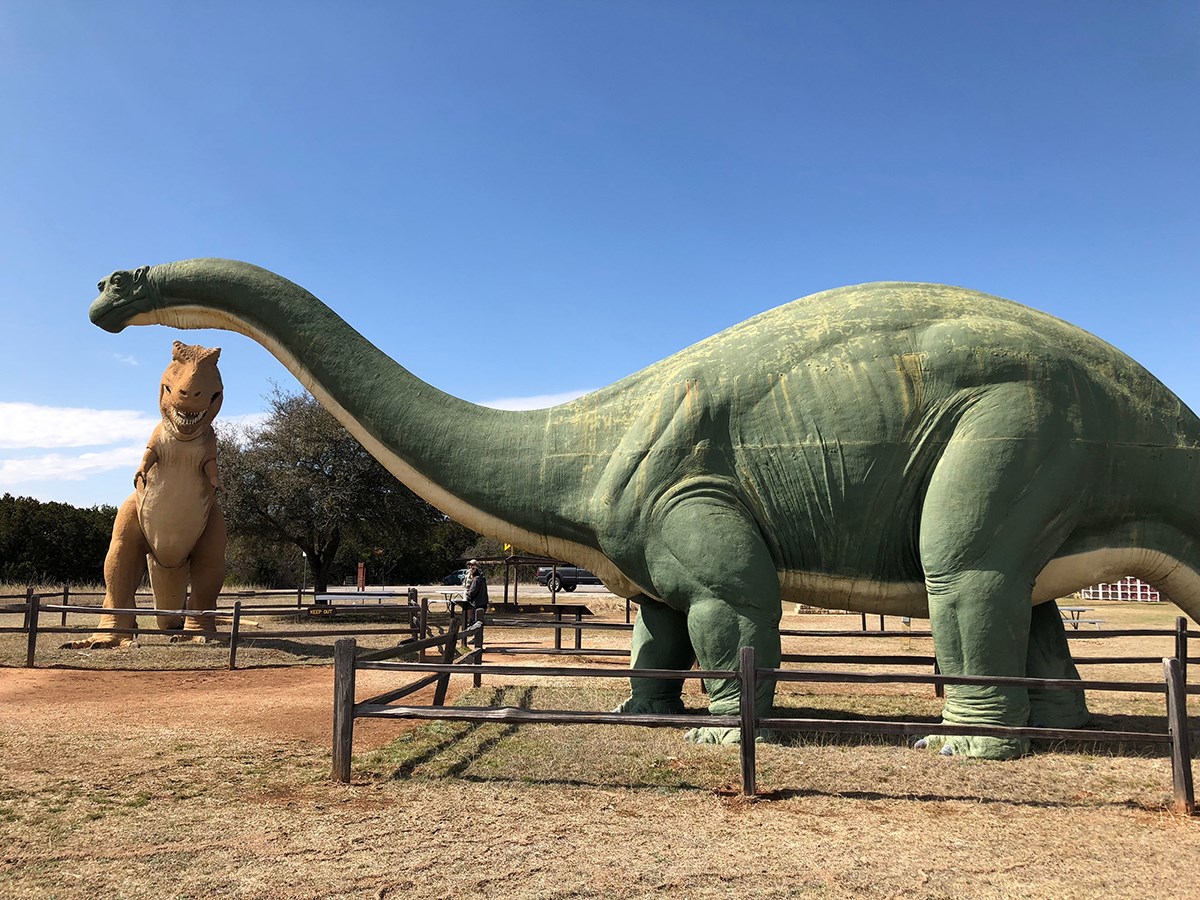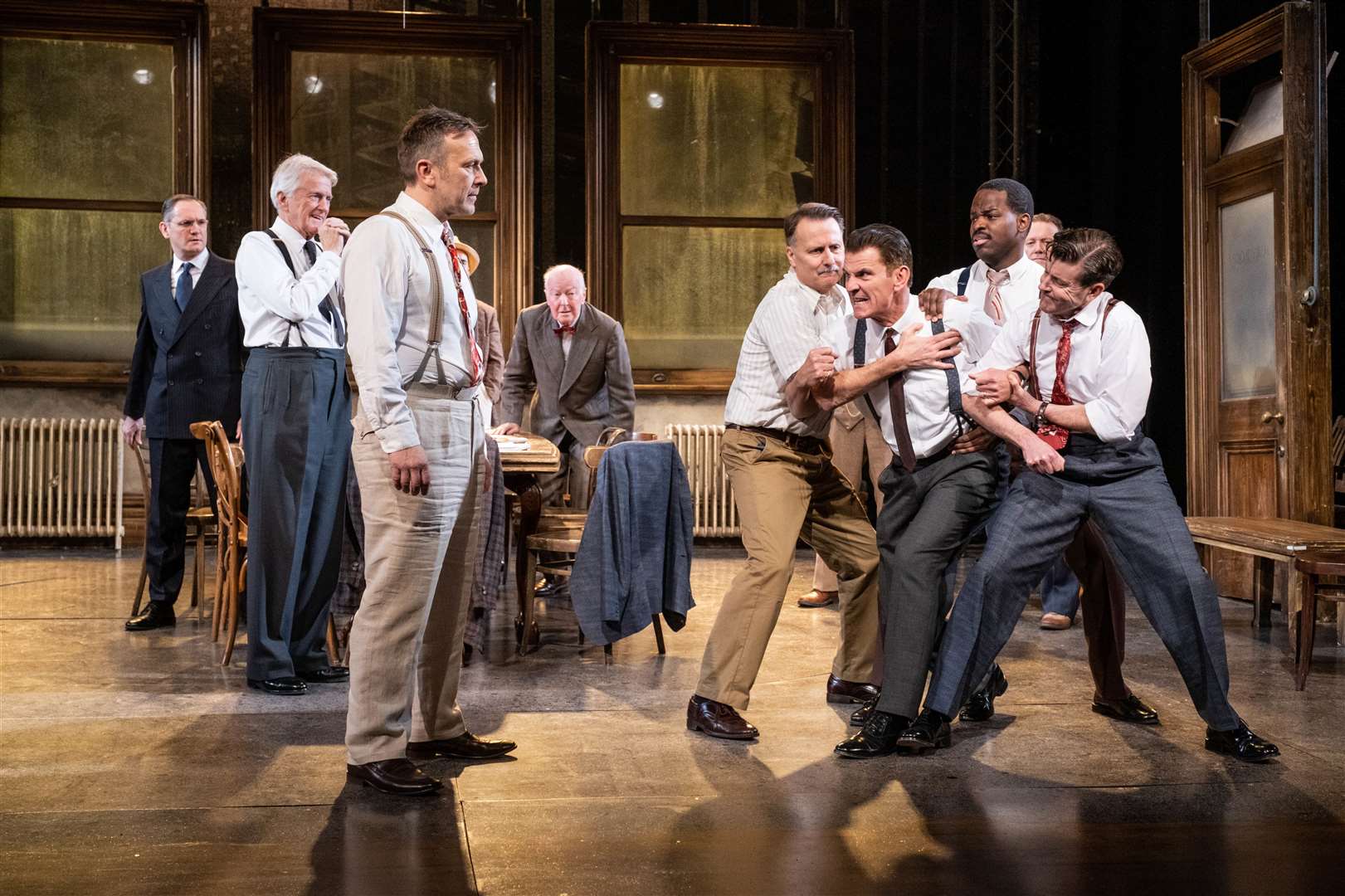In an action that has ignited discussions about state backing for cultural programs, ex-President Donald Trump has disbanded the President’s Committee on the Arts and Humanities (PCAH). This choice, executed discretely on the day of his inauguration, mirrors Trump’s overarching attempts to undo measures from the Biden administration and indicates an ongoing change in the federal approach to emphasizing the arts and humanities.
The PCAH, created in 1982 during President Ronald Reagan’s term, functioned as an advisory body linking notable individuals from the arts, humanities, and academia with decision-makers. Its goal was to advocate for cultural projects and encourage partnerships among public, private, and philanthropic sectors to bolster arts and museum services throughout the nation. Throughout the years, the committee featured distinguished members such as Frank Sinatra, Yo-Yo Ma, and in more recent times, contemporary cultural figures like Lady Gaga and George Clooney.
The committee experienced its latest resurgence with President Joe Biden in 2022, after being initially dissolved by Trump in his first term. Biden reinstated the PCAH as part of a larger initiative to renew national support for the arts, appointing 31 individuals, among them renowned entertainers, scholars, and museum directors. By 2024, the committee functioned on a modest budget of $335,000 and had convened six times to deliberate on cultural policy and projects.
An understated disbandment with significant repercussions
A quiet dissolution with wide implications
Steve Israel, a former Democratic congressman and one of Biden’s appointees to the committee, voiced his dissatisfaction, commenting, “He not only dismissed all of us but also dissolved the committee itself. It implies an active antagonism towards the arts and humanities.” Israel’s statement highlights the annoyance experienced by many in the cultural sector, who perceive the dismantling of the PCAH as indicative of a wider neglect for the arts.
Steve Israel, a former Democratic congressman and one of Biden’s appointees to the committee, expressed his disappointment, stating, “Not only did he fire us all, but he disbanded the actual committee. It suggests a proactive hostility toward the arts and humanities.” Israel’s remarks underscore the frustration felt by many within the cultural community, who see the elimination of the PCAH as symbolic of a broader disregard for the arts.
The Trump administration has defended its decision, citing concerns over fiscal responsibility. During his first term, Trump disbanded the PCAH in 2017 after nearly all its members resigned in protest of his handling of the deadly white nationalist rally in Charlottesville, Virginia. At the time, Trump argued that the committee was an unnecessary expense and not a responsible use of taxpayer dollars.
The PCAH was originally established to provide a formal outlet for the arts and humanities in federal policy discussions. Throughout the years, it aided in forming collaborations, offered guidance to the White House, and sought to advance cultural projects across the country. The committee was instrumental in influencing national cultural policies and advocating for investment in artistic and educational pursuits. Its current disbandment prompts concerns about the future of federal backing for the arts.
Although the PCAH has been dissolved, other important cultural bodies, like the National Endowment for the Arts (NEA) and the National Endowment for the Humanities (NEH), continue to exist. Nonetheless, Trump has previously aimed at these entities, advocating for their defunding during his initial term. Despite these suggestions, both agencies have continued their operations, albeit with diminished federal backing.
While the PCAH has been disbanded, other key cultural agencies, such as the National Endowment for the Arts (NEA) and the National Endowment for the Humanities (NEH), remain intact. However, Trump has a history of targeting these organizations, calling for their defunding during his first term. Despite these proposals, both agencies have continued to operate, albeit under the shadow of reduced federal support.
When Joe Biden revived the PCAH in 2022, his goal was to reestablish its function as a link between the federal government and the cultural sector. Biden’s selections included a diverse group of celebrities, academics, and leaders from organizations such as the Smithsonian and NEA. Members like Lady Gaga, George Clooney, and Jon Batiste added star appeal to the committee, while others concentrated on tackling systemic issues confronting the arts.
Under Biden, the committee’s efforts were modest yet significant, focusing on enhancing access to arts education, bolstering museum services, and tackling disparities in cultural funding. Nevertheless, the committee’s fairly small budget and infrequent meetings underscored both its promise and its limitations. Its abrupt disbandment under Trump has led many to question how these voids will be filled moving forward.
The committee’s work under Biden was limited but impactful, with discussions centered around expanding access to arts education, supporting museum services, and addressing inequities in cultural funding. However, the committee’s relatively limited budget and few meetings highlighted both its potential and its constraints. Its sudden elimination under Trump has left many wondering how these gaps will now be addressed.
Trump’s strategy regarding cultural projects has involved a combination of financial reductions for traditional arts programs and targeted backing for particular ventures. While he has scaled back support for established arts initiatives, Trump has demonstrated an interest in celebrating cultural heritage through alternative measures. For instance, his administration has unveiled plans to establish a large outdoor sculpture park devoted to American artists, musicians, and actors like Billie Holiday, Miles Davis, and Lauren Bacall. This endeavor, anticipated to launch in 2026 to coincide with the U.S. semiquincentennial, illustrates Trump’s ambition to leave a cultural imprint by concentrating on projects that align with his vision.
Critics contend that this selective backing highlights an absence of a well-rounded cultural policy. By disbanding the PCAH and cutting resources for wider arts initiatives, the administration risks distancing a substantial part of the cultural community. Supporters of the arts are concerned that these actions convey a notion that government involvement in the arts is dispensable, rather than vital.
Wider effects on the arts and humanities
The dismantling of the PCAH feeds into a larger discussion about the government’s responsibility in nurturing culture. Advocates for federal arts funding maintain that initiatives like the PCAH, NEA, and NEH are essential for safeguarding the nation’s cultural legacy, enhancing education, and stimulating creativity. They highlight the financial advantages of cultural investment, emphasizing that the arts inject billions of dollars into the U.S. economy and sustain millions of jobs.
Critics, on the other hand, see these programs as superfluous expenses. Trump’s persistent proposals to slash funding for the NEA and NEH echo this perspective, as does his choice to dissolve the PCAH. For numerous individuals, the discussion extends beyond fiscal issues and delves into broader questions about national identity, values, and priorities.
The removal of the PCAH also brings up worries regarding the future of collaborations between public and private sectors in the arts. Traditionally, the committee acted as a channel for cooperation between the federal government and private benefactors, using philanthropic backing to enhance its effectiveness. In the absence of the PCAH, maintaining these partnerships might become more challenging, possibly restricting opportunities for expansion within the cultural domain.
The Path Forward
With the arts and humanities community adjusting to the absence of the PCAH, focus is expected to shift towards alternative sources of support. Entities such as the NEA and NEH will become increasingly vital in addressing the gap left by the committee’s dismantling. Furthermore, state and local governments, along with private foundations, may need to enhance their efforts to guarantee the continued prosperity of cultural initiatives.
As the arts and humanities community grapples with the loss of the PCAH, attention will likely turn to other avenues for support. Organizations like the NEA and NEH will play an even more critical role in filling the void left by the committee’s dissolution. Additionally, state and local governments, as well as private foundations, may need to step up their efforts to ensure that cultural initiatives continue to thrive.
For Trump, the decision to eliminate the PCAH aligns with his broader push to streamline government and reduce spending. However, the move also risks alienating artists, educators, and cultural leaders who see the arts as a vital part of the nation’s fabric. As the debate over federal support for the arts continues, the legacy of the PCAH—and its absence—will remain a point of contention.
Whether Trump’s plans for a sculpture park and other cultural projects will be enough to offset the loss of the PCAH remains to be seen. For now, the dissolution of the committee marks a turning point in the relationship between the federal government and the arts, leaving many to wonder what the future holds for cultural policy in the United States.



